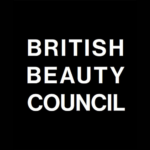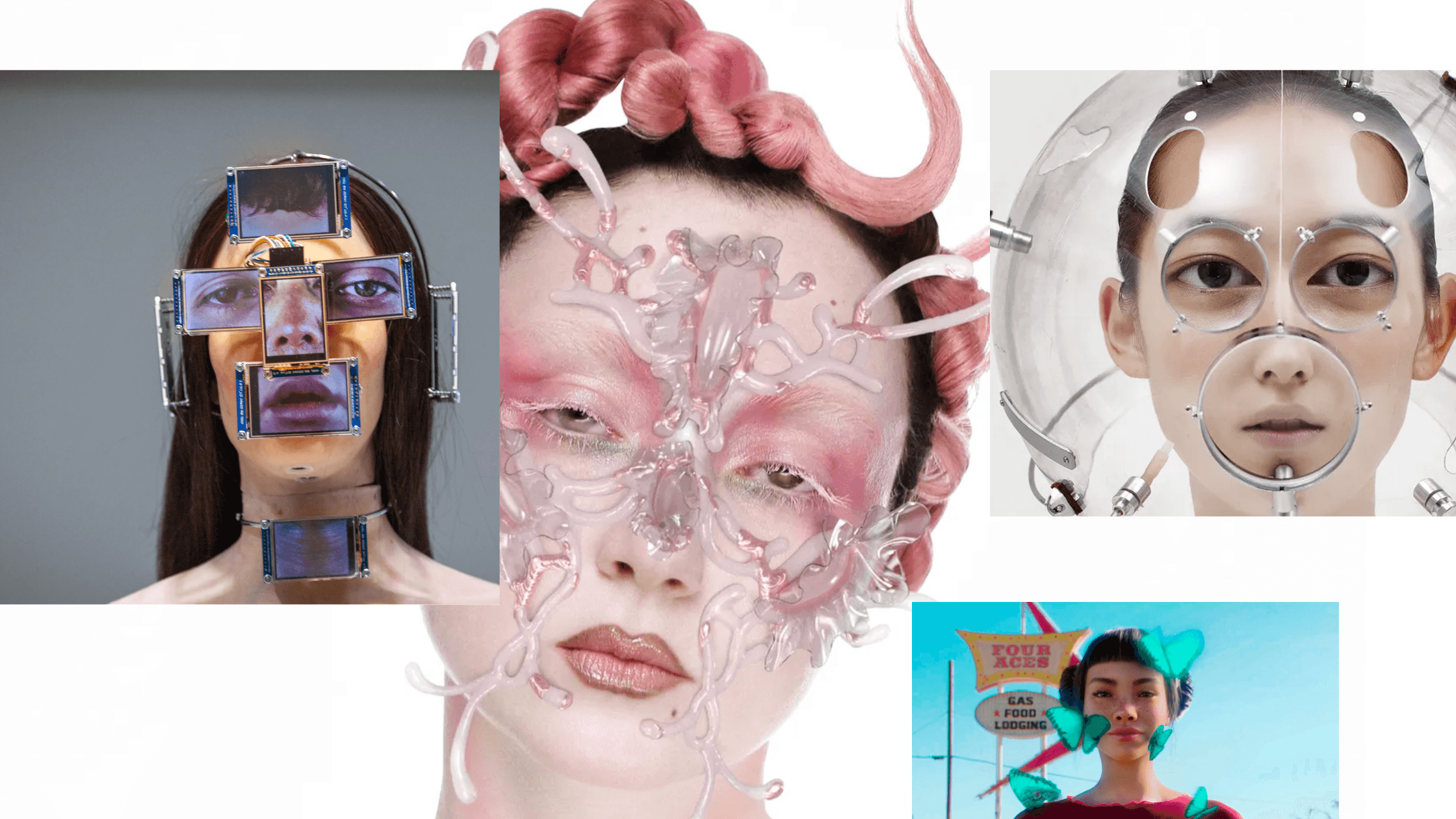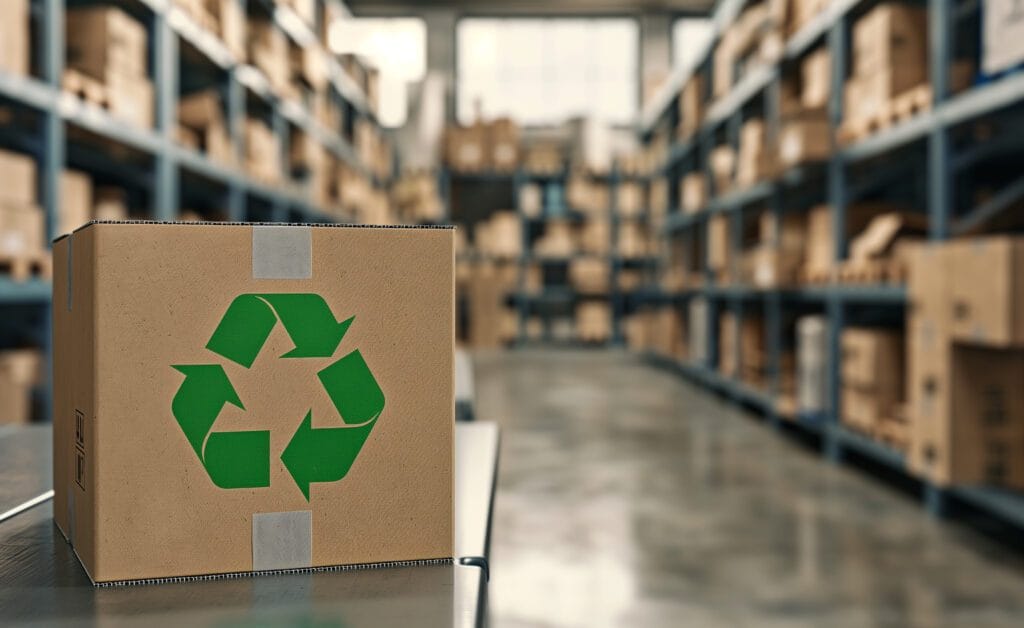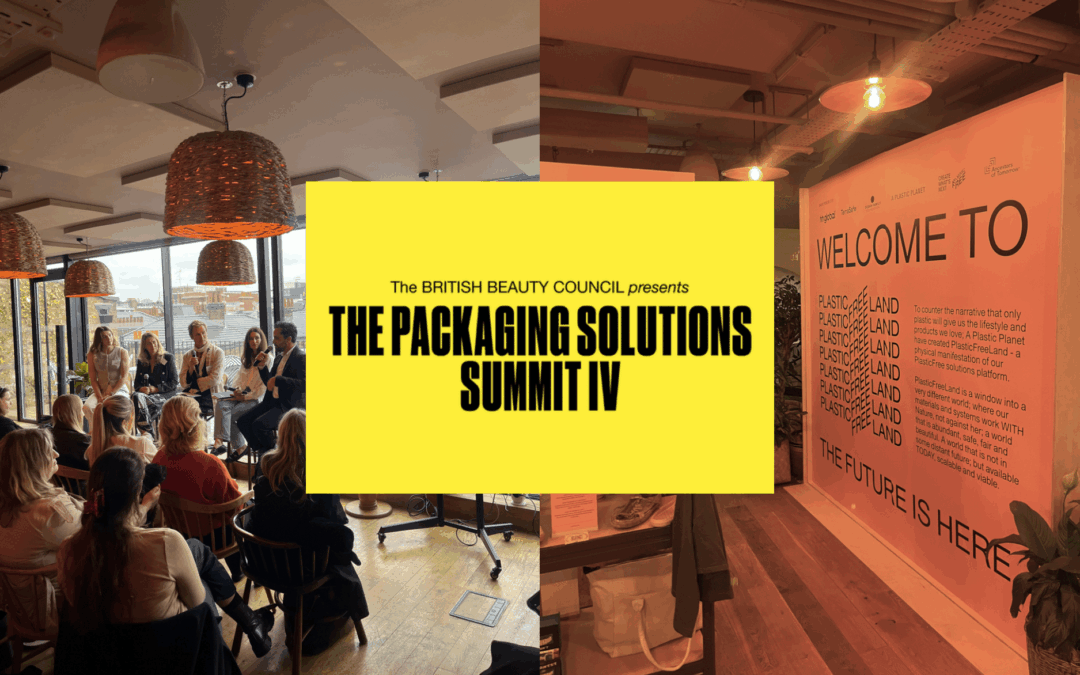Somerset House’s Virtual Beauty exhibition questions what beauty looks like in a world characterised by ‘front-facing cameras, image-sharing on social media and artificial intelligence’
‘Regardless of your interest in the subject, beauty is universal: everyone has a face, a body, and an identity that is expressed by this physical form, whether that’s consciously or unconsciously,’ starts Bunny Kinney of Dazed Beauty and Nowness who has co-curated the new Virtual Beauty exhibition in London.
The new exhibition doesn’t explore beauty in a ‘traditional sense’, in fact it challenges what this means and how it’s shaped the modern, digitised beauty representations of today.
Featuring work from over 20 global artists, the exhibition charts representations of beauty from flip-phone selfies to post-truth face filters. Designed to make you question the relationship between beauty and identity IRL and online, it has taken six years for Kinney and the team to curate the show into what it is today.
‘I hope the exhibition challenges everyday notions of what beauty is, what it can look like, and how it can be expressed creatively through art in the 21st century,’ shares Kinney, speaking exclusively to the British Beauty Council. ‘I hope that, rather than feel dystopian or alienating, the work in the exhibition encourages people to consider the infinite possibilities of transformation – and thus the infinite selves – that can be rendered in the digital age.’
Exploring the effect of the algorithm on how we perceive ourselves and each other, the works unpick what the future of beauty could look like – from implanted micro-chip induced filters to ‘Virtual Embalming’ – an exercise exploring how we curate how people remember us – the exhibition is simultaneously haunting and optimistic.
Kinney’s favourite piece is in fact said-‘Virtual Embalming’ by Frederick Heyman, which poignantly closes the show. ‘I originally commissioned the video for Nowness in 2018. It felt super ahead of its time then as it does now. Heyman 3D-scanned three different models, including fashion designer Michele Lamy and actress Isabelle Hupert, and then rendered them into a digital mausoleum of their own description as they narrated the scene,’ Kinney depicts.
He continues: ‘(It’s) a strange but beautifully moving look at how we want to be remembered after we die, as well as a consideration of how our digital selves might live on.’
The show’s first iteration took place with HEK in Basel, a museum dedicated to digital culture and art. It’s the shift from this more niche audience to the mainstream that posed the biggest challenge for Kinney and his fellow curators Gonzalo Herrero Delicado and Mathilde Friis. ‘We had to figure out how to translate the exhibition into something that felt accessible enough for a relatively mainstream audience while staying true to the theme,’ he says.
Having examined the future possibilities of our industry with a fine tooth comb, it felt natural to ask the curator his thoughts on what the next generation of beauty might bring. His forecast: ‘I think there will continue to be an increase in niche, micro-trends emerging from our digital age… We will see people take these trends to extreme places, pushing the limits of self, of form, as they transform in different ways. The development of tech innovations in the health and beauty space will lead to certain factions of people becoming more and more bionic, but in a mundane way.
‘On the flip side, these innovations will inspire a countermovement: a move towards aging naturally will become more pronounced. A rejection of plastic surgery, of lab-made faces, towards something analogue, organic and thus, ‘human’.’
Virtual Beauty is running from 23 Jul–28 Sep 2025 at Somerset House. Find out more here.
Has this interview got you interested in the ‘Future of Beauty’? Attend British Beauty Week 2025 to learn from leading innovators and explore what’s set to define beauty’s tomorrow. Find out more.




